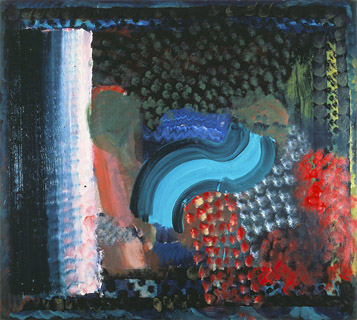Pablo Picasso defined the difficulty of being a modern artist better than anyone. “Beginning with Van Gogh,” he said, “however great we may be, we are all, in a measure, autodidacts – you might almost say primitive painters. Painters no longer live within a tradition and so each one of us must recreate an entire language. Every painter of our times is fully authorized to re-create that language from A to Z … In a certain sense, that’s a liberation but at the same time it’s an enormous limitation, because when the individuality of the artist begins to express itself, what the artist gains in liberty he loses in the way of order, and when you’re no longer able to attach yourself to an order, basically that’s very bad.”
The retrospective exhibition of Howard Hodgkin’s pictures at Tate Britain reveals how seriously and for how long, with what difficulty and ultimately with what success, this particular English painter has wrestled with the problems outlined by Picasso. About seventy of Hodgkin’s paintings have been hung in a suite of twelve interconnecting galleries. Between them, they do not so much chart a career as unfold a life. They do so sometimes obliquely, in occluded representations of people met and moments experienced, translated by the painter into his own inimitable forms – bars and blots, stripes and swipes of unashamedly vibrant and zingy colour. They do so sometimes with startling, erotic clarity; and sometimes with anger, regret, or patent melancholy. Their subjects include friends and enemies, sexual and other types of encounters, reflections on art, landscapes, abstract ideas such as patriotism, as well as harsh present realities, such as war.
Tate Britain’s retrospective is, surprisingly, the first exhibition ever to explore the entirety of Hodgkin’s oeuvre, from the late 1950s to the present....

Howard Hodgkin, at Tate Britain
18-06-2006

